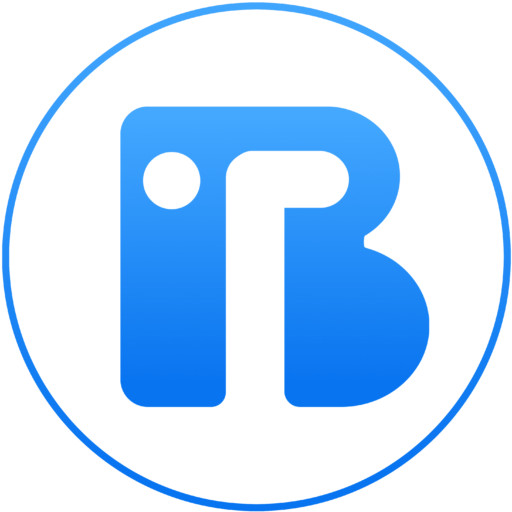Python Programming is a general purpose, adaptive and popular language. Python is very versatile as it is used in web development, data science, prototypes and also in Ai. Python has simpler syntax as compare to the other programming languages and this simplest syntax makes python an excellent and easy to learn python language to learn programming for students. Now, here is introduction to python programming so you can learn python easily step by step.
- Python programming language was developed by GUIDO VAN ROSSUM in the month of February 1991.
- The programming language python is based on two different languages that are: –
- ABC language
- Modula-3 language
- It is an object-oriented programming language (OOPL).
- It is a high-level language programming language, it is powerful then the middle level language but not so powerful as C, C++, Java, etc.
- As per February 2013 popularity index, python was 4th most popular programming language after Java, PHP and C#.
Advantages of using Python
- Easy to use
- Expensive language
- Interpreted language
- Its completeness
- Cross-platform language
- Free and open source
- Variety of usage/Applications
Easy to use: –
- Python is compact and very easy to use object-oriented programming language with very simple syntax rules.
- It is a very high-level language and thus vey-very user friendly.
Expensive language: –
- The word expensive means it is more capable to expressing the code’s purpose than many other languages.
- The region behind this is – few lines of code as well as simpler syntax.
For Example – : Writing a program Swapping of two numbers.
| C language | Python |
|---|---|
| int a=15, b=18, temp; temp=a; a=b; b=temp; | a, b = 2, 3 a, b = b, a |
This is the simplest example to know how python is expensive
Interpreted Language: –
- It is an interpreted language, not a compiled language.
- The above line state that python installation interprets and executes the code line by line at a time.
- Thus, it makes python an easy-to-debug language so, it is suitable for beginners to advanced users.
Completeness: –
- The word completeness means when you install python, you get everything you need to do real work.
- This means you needn’t have to install libraries separately.
- All the files you are required that are available through various models of python standard library.
- For example: – for diverse functionality such as emails, web-pages, databases, GUI development, network connections and many more, everything is available in python standard library.
- Thus, it is also called – python follows “Batteries Included” philosophy.
Cross-platform language: –
- It means python can run equally on verities of platforms such as – windows, Linux/ UNIX, Macintosh, IOS, etc. (it even has versions that run on different languages such as Java (Jython), .NET (Iron Python), etc.)
- In other words, we can say that it is a true potable language.
Free and open source: –
- Python language is freely available that means without spending money (From www.python.org).
- Not only is it free, its source-code (that means complete instruction) is also available for free of cost.
- It is also an open-source language that means you can able to make changes with the source code.
Verity of usages/ application: –
- It has become a powerful, complete and useful language over these years.
- These days python is being used in many diverse fields/applications, some of which are:
- Scripting
- Web applications
- Game development
- System administrations
- Rapid prototyping
- GUI programs
- Database applications
Disadvantages of Python
It is a very powerful language with so many advantages, but is not the perfect programming language because it does not offer much or not that capable.
- Not the fastest language
- Lesser libraries then C, Java, Perl
- Not strong on type binding
- Not easily convertible
Not the fastest language
- It is an interpreted language not a fully compiled one.
- It is the first semi complied into an internal byte-code, which is then exerted by a python interpreter.
- Fully complied languages are faster than their interpreted counterparts.
- Here is the little weakness of this programming language though it offers faster development times but execution times are not that fast as compared to any other programming language.
Lesser libraries the c, Java, Perl
- It offers library support for almost all computing programs.
- But the library of python is still not competent with the languages like c, Java, Perl as they have larger collections available.
Not strong on type binding
- The interpreter of python is not very strong on catching ‘type-mismatch’ issues.
- For example: – if you declare a variable as integer but later store a string value in it, the python programming language won’t complain or pin-point it.
Not easily convertible
- As we know it have an advantage of writing less syntax but the same advantage becomes disadvantage when it comes to translating a program into another programming language.
- This is because most of the programming languages have structured defined syntax.
- The translation from python to any other programming language would require the user to carefully examine the python code and its structure and then implement the same structure into other programming language’s syntax.
Note :-
Watch HTML videos on YouTube – Click here
HTML Symbols Codes – Click here
Watch HTML emoji in HTML video on YouTube – Click here

